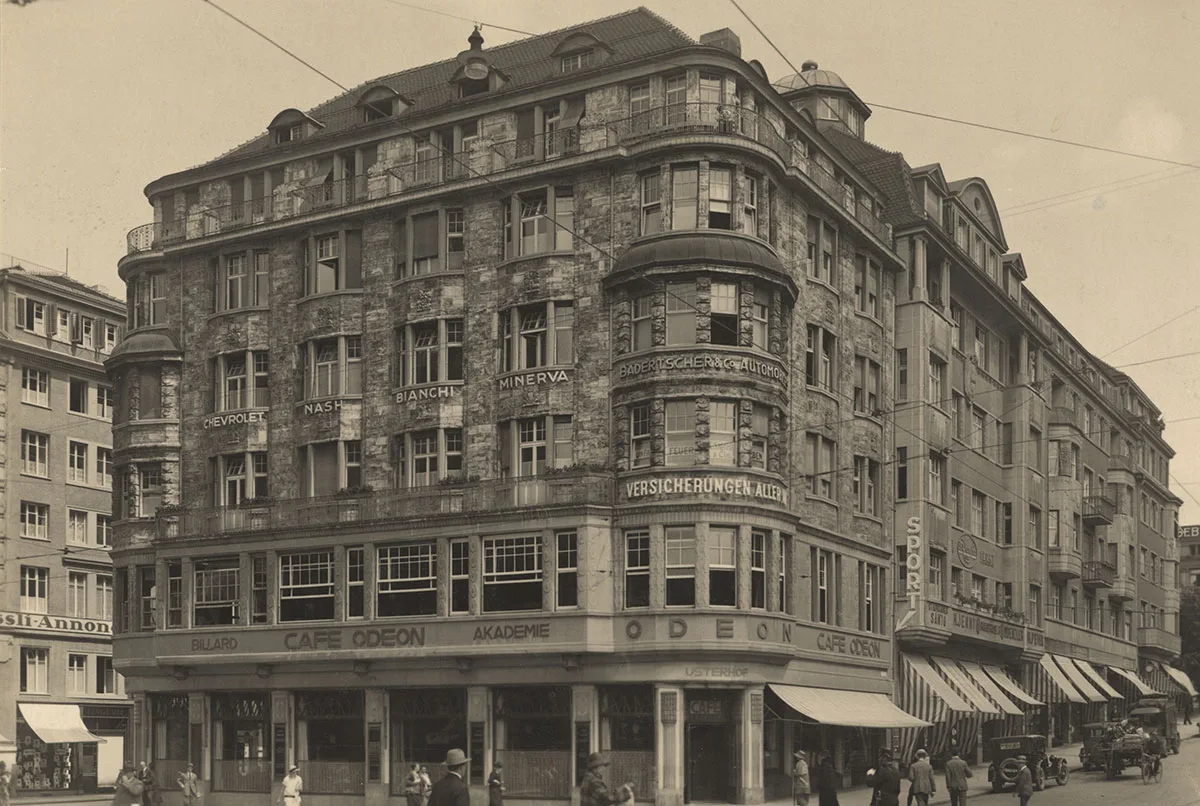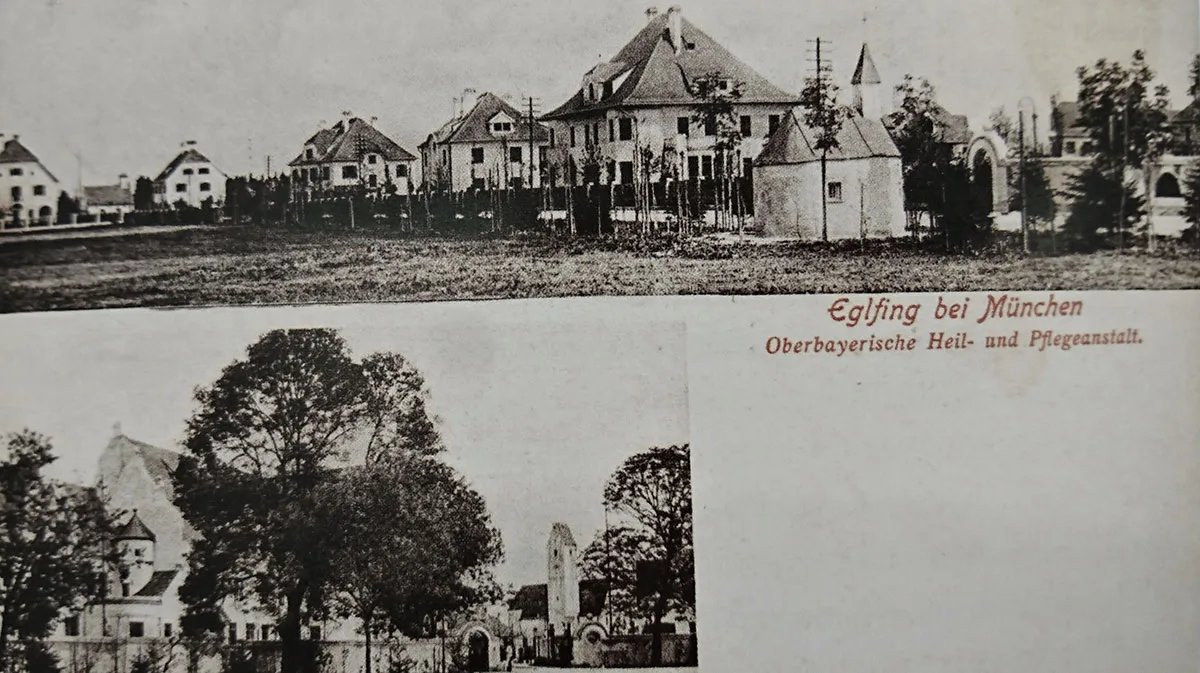
Between art and madness
Fleeing his conservative family, Friedrich Wilhelm Wagner was searching for freedom. This search led the poet to Zurich and into the circles of Dadaism.




Fleeing his conservative family, Friedrich Wilhelm Wagner was searching for freedom. This search led the poet to Zurich and into the circles of Dadaism.


